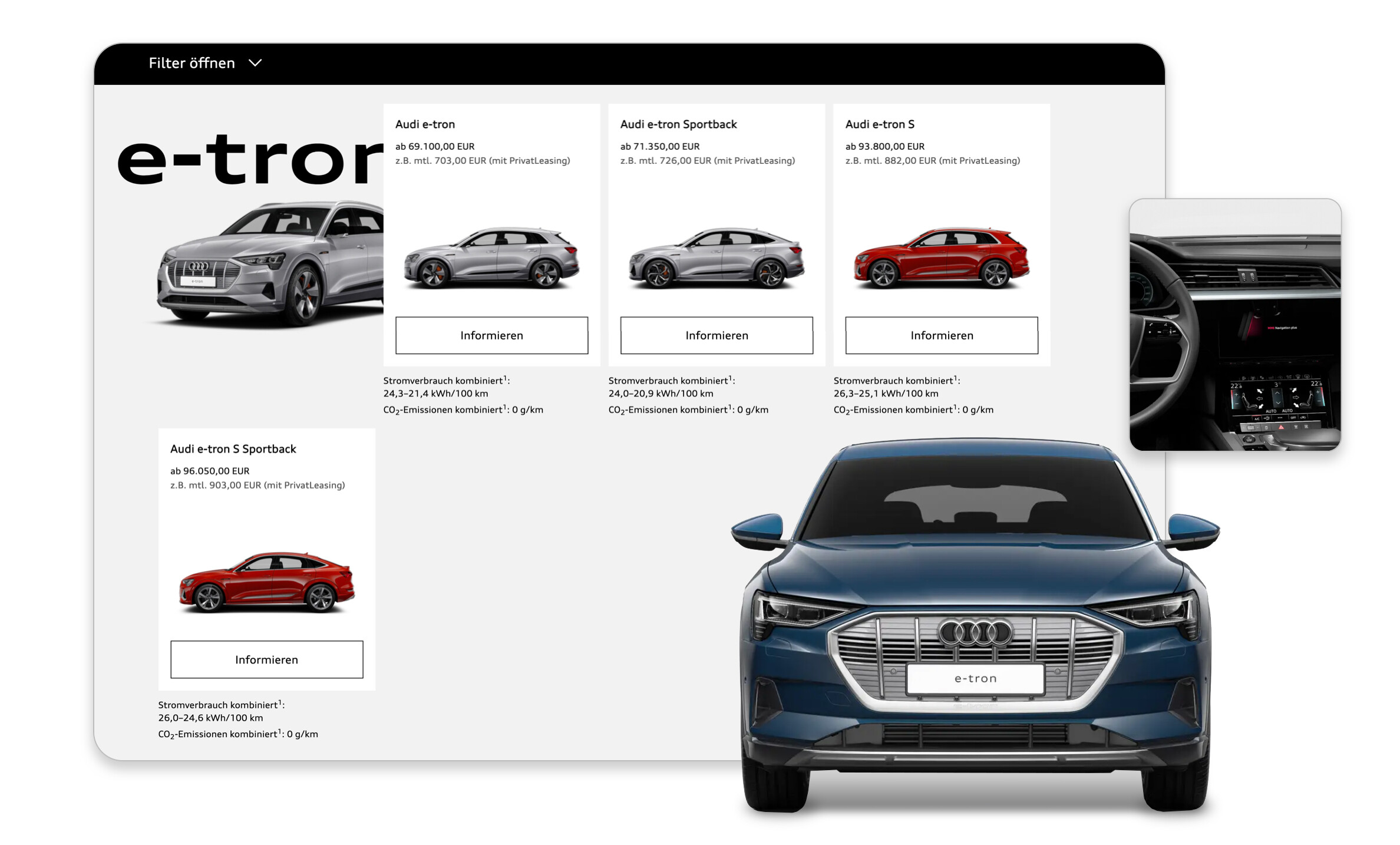Build and future-proof your eCommerce tech stack, your way
Develop smarter, not harder. Compose your eCommerce tech stack of your dreams with the best-of-breed components that perfectly align with your business ambitions.
TRY COMPOSABLE COMMERCE FOR FREE
UNLOCK OPPORTUNITIES FOR TECH TEAMS Implement and scale innovation faster than ever. Without compromise.
Wave goodbye to the limitations of legacy tech! Composable commerce is engineered to turn new ideas into applications at speed. Test and experiment with new features, effortlessly autoscale online capacity using cloud-native and multi-tenant architecture, and elevate performance across the customer experience and your DevOps team.
JOIN THE COMPOSABLE COMMERCE REVOLUTIONFuture-proof your tech stack
Ensure your tech stack stands the test of time. You can add and customize best-of-breed components that best suit your requirements.
Tech debt is no more
Eradicate technical debt for good thanks to a versionless, multi-tenant architecture. Updates and upgrades are seamlessly managed by commercetools.
Attract and retain talent
By operating on a modern, tech-agnostic stack, it’s easier to attract and retain top developers and engineers.
70% of large and medium-sized enterprises will have composability as a key criterion for new application planning.
How to Design Enterprise Applications That Are Composable by Default

HOW COMMERCETOOLS POWERS UP TECH TEAMS Harness composable architecture for fast time-to-market
Embrace an enterprise eCommerce platform that empowers your team to roll out new features up to 8x faster with zero downtime and reduced total costs of ownership (TCO).
DEVELOPER EXPERIENCE AT COMMERCETOOLS Developer-friendly experiences start here
From 500+ well-designed APIs to the ability to customize data models, commercetools Composable Commerce platform provides a developer-friendly environment for tech teams to shine.
Learn more about our commitment to the developer community through great APIs, a tech-agnostic approach, and how we enable you to experiment and innovate with confidence.

CODE THE WAY YOU WANT IT Freedom of engineering with a tech-agnostic approach
Break free from proprietary technology with a tech-agnostic approach championed by commercetools.
Developers and engineers aren’t handcuffed to specific tech any longer: Select, code, integrate, monitor and manage applications with freedom — and create solutions that fully meet business needs.

HOW MACH® ATTRACTS TECH TALENT The most exciting tech to work with: MACH®
Why would one choose a job where they have to work on old, slow software, and spend time maintaining and upgrading antiquated, monolithic systems?
Meet MACH and composable, the modern technologies that developers love to work with.

Reimagining digital commerce for the world’s leading companies
DISCOVER MORE
Explore our
technical documentationFind out all about
commercetools’ resiliencyDiscover our
implementation partners













